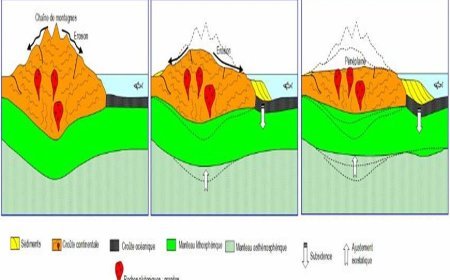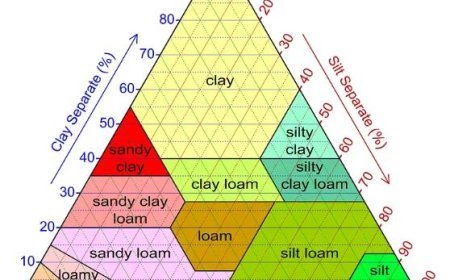THE CAMBRIAN OF SALT RANGE
Explore the intriguing Cambrian period of the Salt Range, home to diverse fossilized remains and unique geological formations. Delve into the rich history of ancient marine ecosystems, making it a must-visit for geology enthusiasts and nature lovers.

THE CAMBRIAN OF SALT RANGE
- The Salt Range, located in Pakistan's Punjab region, is a geological marvel that provides an intriguing peek into Earth's ancient history.
- Among its various strata and formations, the Cambrian epoch is notable for its abundance of life and metamorphosis.
Understanding the Cambrian Period
- The Cambrian epoch, which spanned between 541 and 485 million years ago, was a watershed point in the history of life on Earth. This period is marked by the "Cambrian Explosion," a stunning occurrence in which a diverse range of sophisticated living forms evolved in the waters.
- During this time, marine life expanded rapidly, resulting in the formation of several fundamental body plans that still exist today.
- The Salt Range's Cambrian rocks shed light on the ancient world's ecosystem processes.
- These strata, largely consisting of limestone and sandstone, documented historical environmental conditions such as maritime transgressions and regressions.
The Geological Significance of the Salt Range
- The Salt Range is most known for its huge reserves of rock salt, which were found and used for millennia.
- However, the area's geological history extends well beyond its mineral abundance.
- The Salt Range's Cambrian rock layers are divided into many formations, the most prominent of which are the "Nammal" and "Khewra" formations, which provide unequivocal evidence of former marine habitats.
- The Nammal Formation, in particular, is of great significance. It consists of a range of sedimentary rocks, including finely stratified shales, mudstones, and fossil-rich deposits.
- These strata contain fossils of trilobites, brachiopods, and other marine animals that flourished during the Cambrian epoch.
Paleontological Riches
- The Salt Range's fossil record is one of the most interesting features of the Cambrian.
- The well-preserved fossils provide vital information for paleontologists studying the development of life during the Cambrian Period. These fossils are critical for understanding the biodiversity of that time period and solving the puzzles of early marine environments.
- Trilobites, for example, are extinct arthropods that live in the water and are regularly discovered in Cambrian strata.
- Their diverse morphology reflects the fast development and adaptation of organisms throughout this period.
- The existence of other creatures, such as early mollusks and echinoderms, emphasizes the complexity of Cambrian maritime ecosystems.
Salt Range as a Research Hub
- The Cambrian of the Salt Range is now an important research location for geologists and paleontologists.
- The geology of the area lends itself to research into sedimentary processes, fossilization, and ancient biological populations.
- Researchers investigate stratigraphic strata by collecting core samples and examining fossils to reconstruct paleoenvironments from millions of years ago.
- Furthermore, the Salt Range's accessibility and well-exposed formations make it an excellent location for educational reasons.
- Field tours and geological excursions give students, amateurs, and professionals firsthand experience in sedimentology, paleontology, and earth science.
What's Your Reaction?



































